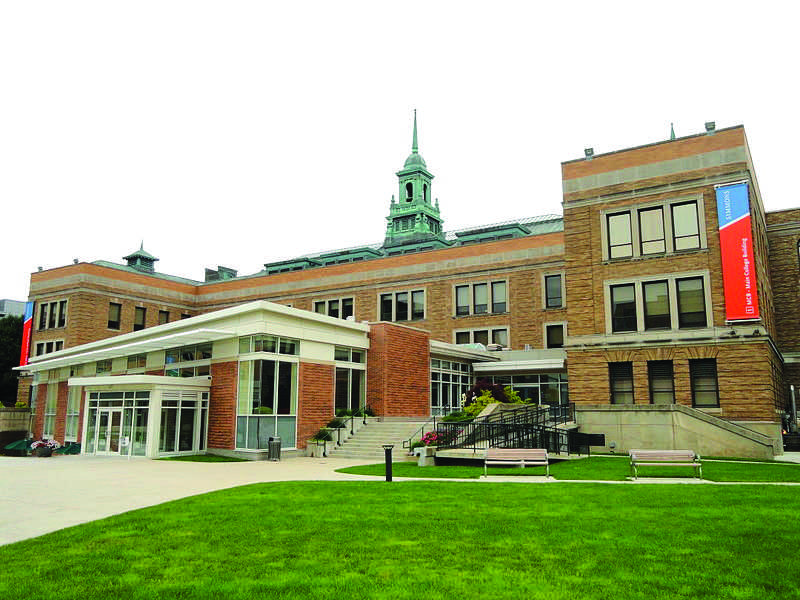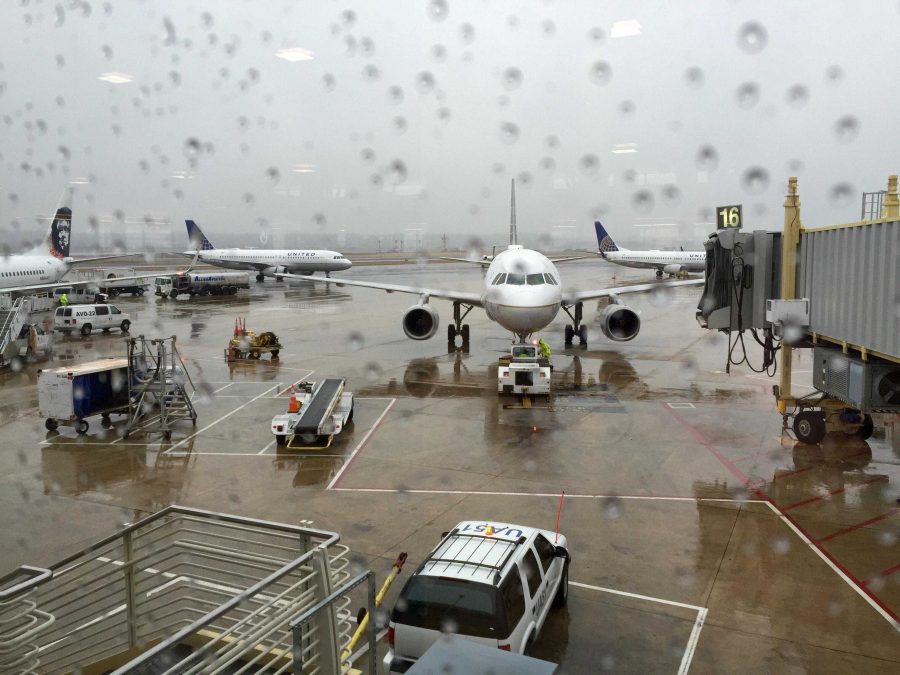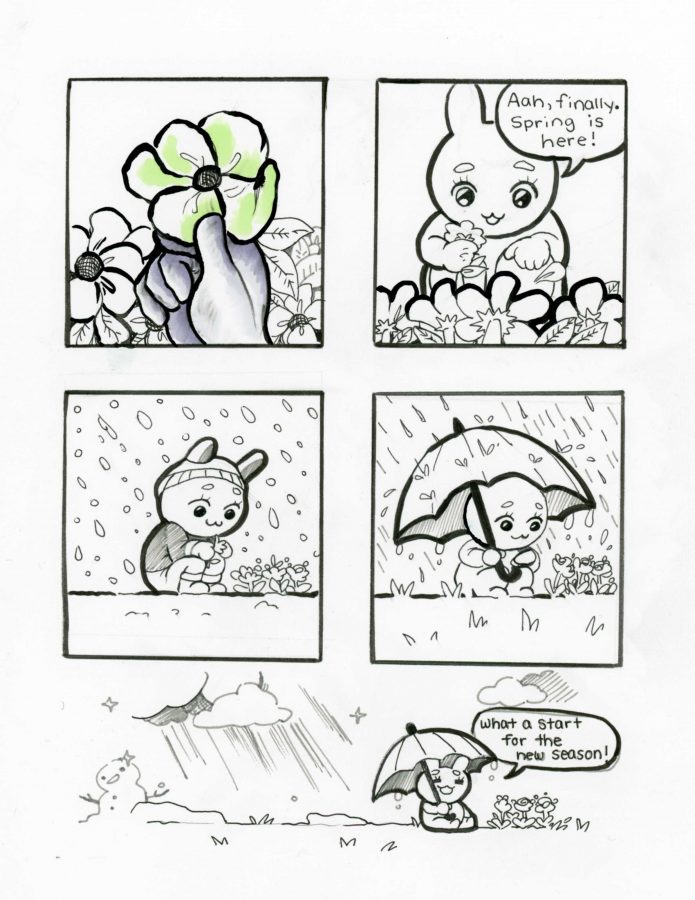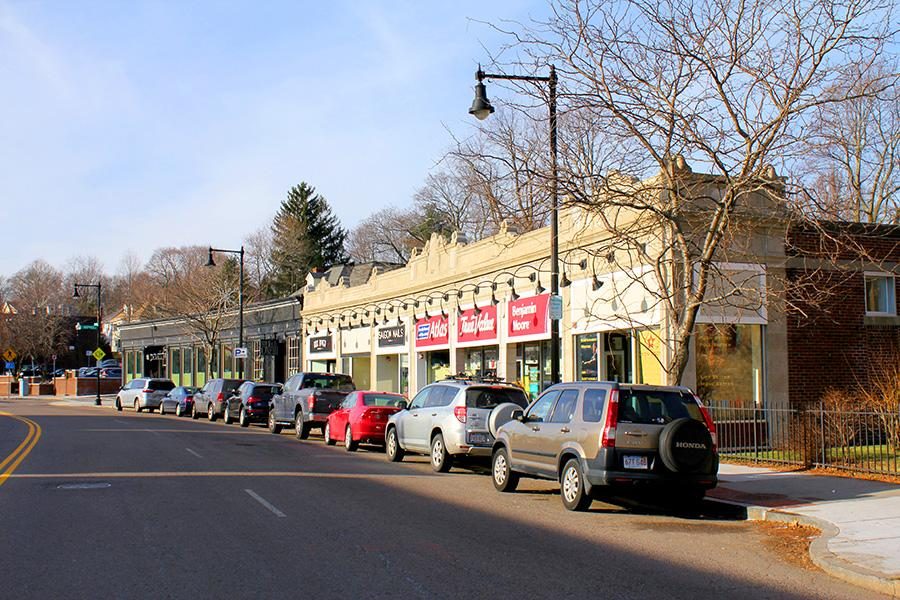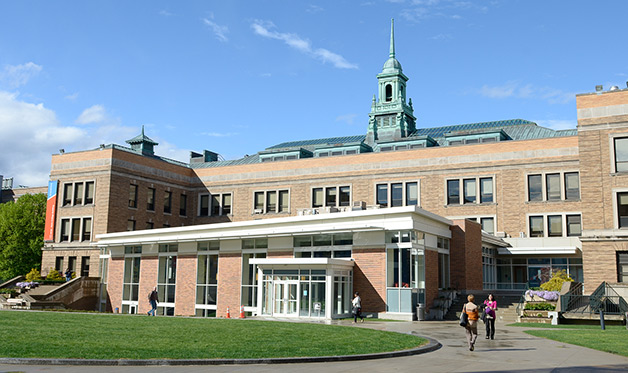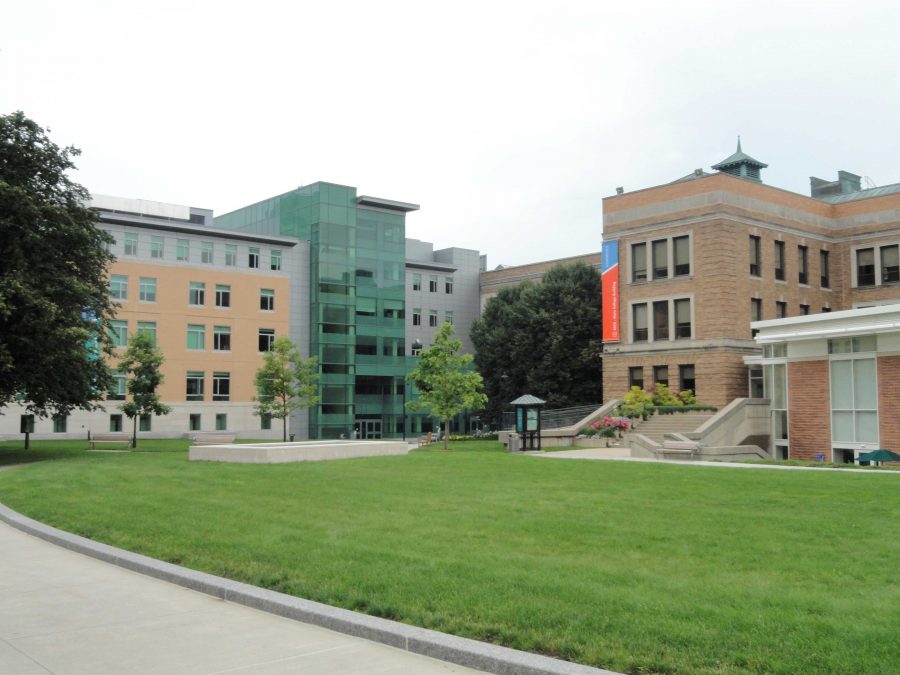By Eleanor Pullan
Contributing Writer
The idea of success is often perceived as a predetermined path formed by overarching societal norms: graduate high school, attend college, and get a job. Students are thrown onto a path of perpetual education from day one – a direction that neglects the importance of creativity and self-expression.
The intrinsic value of artistic expression in theater, music, dance and the visual arts is lost to the public school system’s attempt to meet federal standards that test math and reading skills. An education system fixated on numerical grades to measure a student’s knowledge, is missing a key aspect of the learning process – applicability.
Two vital aspects imperative to the development of a student involve self-expression and subject material applied to real world situations. The education system needs to be reinvented to inspire and motivate students to pursue subjects they are passionate about.
The popular method of “teaching for the test” has encouraged students to learn for a grade rather than to obtain fundamental knowledge of a subject.
The idea of “teaching for the test” has become a standard teaching practice as AP (Advanced Placement) exams and standardized tests are weighing more heavily in college admissions decisions.
The endless lists of extracurricular activities and transcripts packed with academically rigorous classes seem to be the minimum from college admissions offices. The wave of acceptance letters and in some cases the multiple rejection letters can make or break a student’s future plans. The process is discouraging.
The hours studying for AP exams, standardized tests, serving as the Co-President of the environmental club, being an active of member of the National Honor Society, making honor roll and playing soccer, track, and lacrosse is not enough.
The college application process has become more competitive; the stakes have been raised as high school students strive to be the best of the best. After the daily grind of AP exams, standardized tests and college applications can leave high school graduates feeling academically burnt out and at a loss.
The transition out of high school to college can be difficult, especially for individuals who are uncertain about their interests and future career paths. College provides an academically rigorous environment with a variety of classes and internship opportunities to explore.
Some individuals, perceive college as an academic journey, one that stimulates curiosity that leads them to discover and pursue a career that they are passionate about. However, in the past years, gap years have become a growing trend, as post-high school students diverged from the cultivated high school-to-college track.
The idea of a gap year is evolving, as programs offer opportunities to intern, volunteer, take language classes, or travel abroad. The possibilities are endless. Gap years, now referred to as “bridge years,” serve as a gradual transition from high school to college.
A bridge year allows individuals to learn outside of the classroom by assimilating to different cultures and learn new languages. However, the social stigma attached to bridge years seems to discourage parents from accepting the multiple benefits associated with a break from formal schooling.
Bridge years are seen by society as a year to stray from the academic treadmill, a journey to find one’s self, and for the elite and wealthy who can afford the hefty price tag attached to gap year programs.
However, affordable bridge year programs are available. For instance, World Wide Opportunities on Organic Farming (WWOOF) offers room and board in exchange for working on a farm with sustainable agricultural practices in countries throughout the world.
Group backpacking programs are an affordable way to travel abroad, by staying with host families and at youth hostels. In addition, bridge year programs offer scholarships to deter the cost of traveling abroad.
To make a bridge year worthwhile and productive, a plan outlining potential internships, work opportunities, community college classes, and travel agenda is essential. Learning becomes fun again, and the experience serves as a resume booster.
The experience gained from internships, travel, and work allows individuals to become well rounded and cultured students. A bridge year is not for everyone. Self-motivation to make the year productive and meaningful is key.
Learn a new language; immerse yourself in a different culture, be adventurous, be inspired and embark on a new journey; venture off the path and free your inner travel bug.
Taking a breather from the traditional education track facilitates individual growth and self-learning to help gain a better understanding of the world and yourself—education that extends outside of the classroom.





